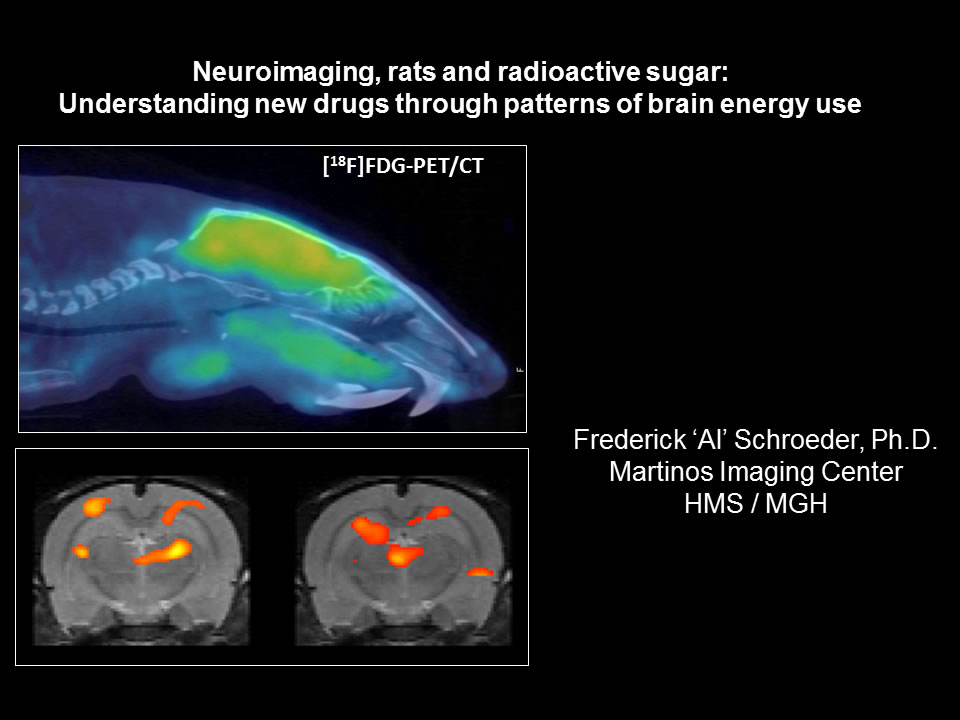The Daily Free Press recounts the HUBWeek event in which Center Director Bruce Rosen and medical illustrator Danny Quirk spoke about the intersectionality of human anatomy and visual art.
Research on the runway
Science and fashion are coming together in Cambridge this Friday. And the Martinos Center’s Al Schroeder will be there.
Al is taking part in a program called "Fashion Descience," which teams designers with scientists to create wearable garments influenced by discoveries in a range of fields—from chemical engineering to biomedical imaging. The idea is to provide science with a new language while giving fashion a new source of inspiration, say the organizers of the program.
Fifty-nine designer/scientist teams are working to create innovative designs exploring and highlighting scientific research. Of these, 15 will be selected as finalists and will be shown in a runway event in September (judges will be drawn from the realm of science as well as from fashion). The members of the winning team will each be awarded a $1500 cash prize.
Al has been collaborating with New York-based designer Natalya Nyn. Their team’s design is based on images from his research with Jacob Hooker’s group at the Martinos Center.
His work in the Center focuses on how particular enzymes regulate brain function, he said. He found that chemicals that block these enzymes beneficially change biochemistry and behavior in animal models. Then, using FDG-based positron emission tomography (PET), he identified changes in brain glucose uptake. This gave him an idea as to where the inhibitors might have the greatest impact.
It also provided him with the images he pitched to Fashion Descience.

The collaboration has proved exciting for Al, who admits to having little idea what was in store when he was recruited by the director of Fashion Descience, a colleague from his graduate school days.
“It sounded like a lot of fun and I wanted to see what would come out of the project besides screen-printed T-shirts and neckties,” he said. “It’s way beyond that…”
The “inspirational images” that he submitted and a sketch of the dress Natalya conceptualized will be on display at the MIT Museum this Friday night (April 25) as part of the Cambridge Science festival. Further information about the event is here.


